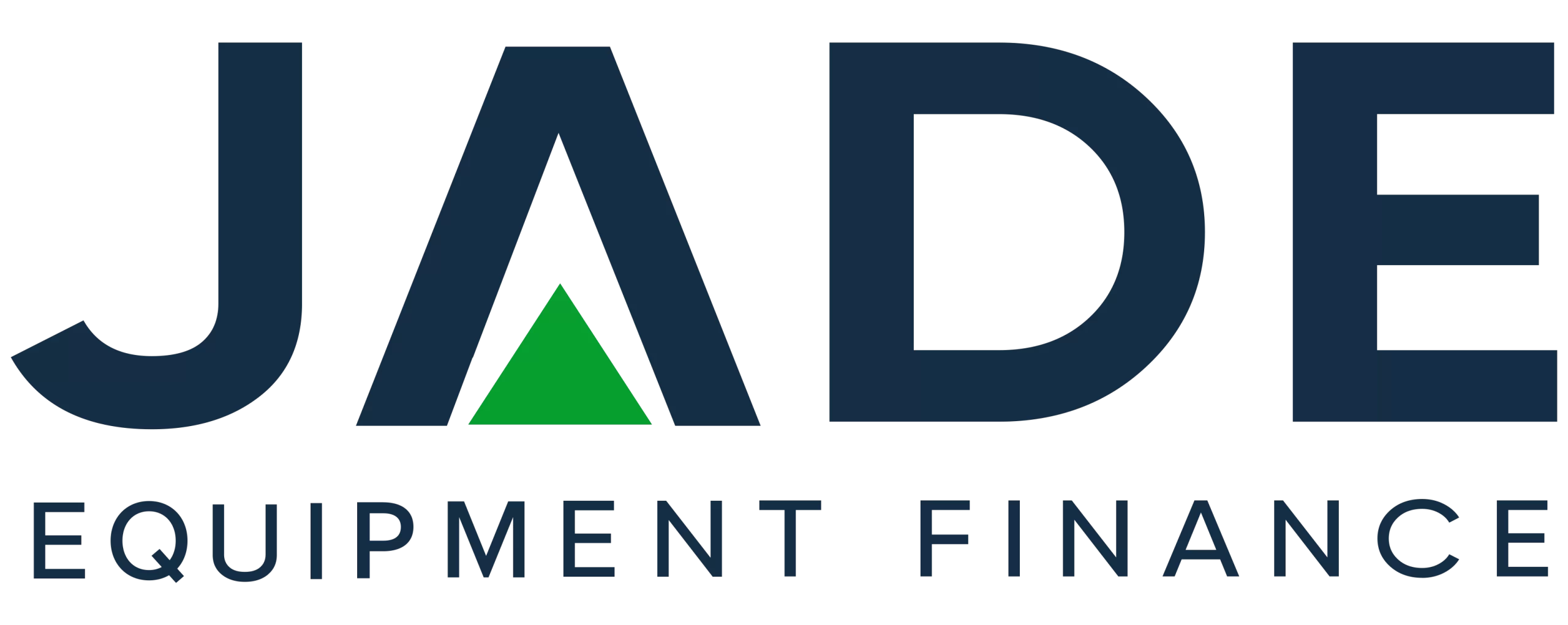The COVID-19 pandemic continues to create uncertainties for business in regard to continuity of trading. The snap lockdowns, on and off again rulings, daily changes to movements, short-notice extensions and changing state border restrictions, while acknowledged as necessary measures to combat the spread of the virus, are creating a myriad of issues for many businesses.
From our perspective as equipment finance providers, we’re specifically focussed on issues around finance and loan commitments. The priorities business have when taking our new finance contracts for new equipment and assessing existing contracts for suitability in a changed trading scenario.
Under normal trading conditions, when sourcing new equipment finance, operators may be looking to keep the repayments at the lowest monthly level as possible to contain costs and improve productivity. But faced with the current state of play, would it have been preferable or is it now preferable to look at reducing overall debt more quickly with higher repayments?
These two positions may appear to be polar opposites but with the effective sourcing of finance, both may be achievable. Jade Equipment Finance explores the priorities of lower debt levels or lower equipment loan repayments. We explain how paying off an equipment loan faster while still achieving a cost-effective monthly repayment level can be achieved.
Start with the Interest Rate
The most significant cost of any finance contract is the interest charged on the loan. There are loan established charges and other fees, but the interest component is by far the greatest. In order to minimise the total cost of the equipment finance deal, the lowest interest rate deal needs to be sought.
The interest rate on equipment finance varies according to the type of finance facility and across the lending market. Lenders set their rates guided by the RBA official cash rate.
The finance products available for equipment finance include: Chattel Mortgage, Leasing, Commercial Hire Purchase and Rent to Own. Chattel Mortgage and CHP attract the cheapest interest rate compared with Leasing and Rent to Own. But in selecting a loan product, businesses need to consider the whole package of features and benefits offered by each product in regard to suitability to their individual business. This should be conducted in consultation with their accountant.
Selecting a cheaper rated loan product will lower the overall cost of the finance but the features of say Chattel Mortgage may not suit that business. For example, with Chattel Mortgage, the ownership of the equipment is immediately transferred to the business. The equipment is then entered on the business balance sheet as an asset/liability. For some businesses, that is not an ideal situation and an off-balance loan facility such as Equipment Leasing or Rent to Own is preferred.
We have provided an Interest Rate Comparison Calculator which allows users to immediately see the differences in estimated monthly repayments for the same amount across all our finance products.
Variations in interest rates will be found across the banks and non-bank lenders offering equipment finance. Those that specialise in the general equipment financing or in a specific industry, tend to offer more competitive rates. Being in a position to canvass a wide spectrum of the lender market to unearth the lowest rate is facilitated with the use of a broker-style lender such as Jade Equipment Finance.
Our accreditations with a vast number of lenders and with industry-specific and asset-specific non-bank lenders backed with our finance data resources, allow our consultants quick and extensive access to intelligence in regard to the lowest interest rate source for each client. In addition, our access to those that only operate at an industry level opens these exclusive channels for our customers. So achieving the cheapest interest rate and therefore lowering the overall cost of a finance contract can start with engaging with the right lender.
Structuring the Finance Deal
The overall structure of a finance deal should be considered in its entirety and with a view to achieving individual business objectives. While the interest rate determines the overall cost of the finance, the loan term and the residual/balloon will work together with the rate to determine the monthly repayment.
How these elements work together can easily be seen by using our Equipment Finance Calculator. Enter your loan amount then vary the loan term and balloon amounts separately, to see how these changes impact the repayments.
Which brings into focus which is the highest priority at this time for your business – reducing debt by paying out the loan faster with a shorter loan term and higher repayments, or achieving a lower repayment over a longer loan term and carrying the debt for longer?
If inconsistent cash flow is an ongoing issue and amplified during the pandemic then the lower repayment may be preferable. Alternatively, the pandemic may have amplified a greater need to be operating the business with lower debt levels.
This is a decision for individual businesses to make but your Jade consultant can assist at every stage with structuring your deal to your specifications.
Refinancing to Achieve Priorities
While achieving our customer priorities is our focus with requests for new equipment finance, we may also be able to assist those with existing commitments. If this article has you reflecting on your current equipment finance contracts and looking at ways to improve your situation, speak to us about how we can assist with a refinancing solution.
Whether during a pandemic or in normal trading circumstances, when considering equipment finance, astute businesses will be carefully identifying their priorities and sourcing loans to meet their specific objectives.
Contact Jade Equipment Finance on 1300 000 003 to discuss your equipment finance requirements
DISCLAIMER: IF MISINTERPRETATIONS, MISREPRESENTATION OR ERRORS EXIST IN THIS ARTICLE, NO LIABILITY IS ACCEPTED. THE INFORMATION IS PROVIDED ONLY FOR GENERAL PURPOSES AND NOT IN ANY MANNER INTENDED AS THE ONLY SOURCE FOR MAKING FINANCIAL DECISIONS. THOSE THAT CONSIDER THEY REQUIRE ADDITIONAL GUIDANCE OR ADVICE SHOULD REFER TO AN INDEPENDENT FINANCIAL ADVISOR.


